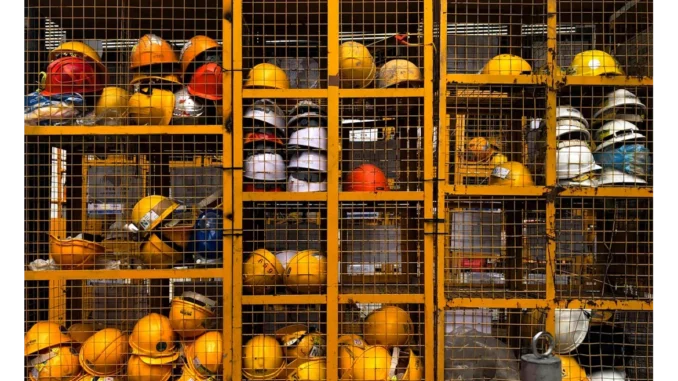
The construction industry, characterised by its inherent risks, continues to witness a significant number of injuries and fatalities annually. Central to these safety concerns are the “Fatal Four” hazards: falls, electrocution, being struck by objects, and being caught in or between objects. A comprehensive understanding of these risks and the implementation of robust safety measures are paramount to safeguarding the well-being of construction workers. This article explores each of the Fatal Four, their common causes, and best practices for mitigating these risks, supplemented by an illustrative construction risk assessment.
Ensure your development is safe from flooding. Learn how Focus360 Energy can help.
Falls remain the predominant cause of fatalities on construction sites. These incidents are frequently attributed to inadequate personal fall arrest systems, substandard safety equipment, and improper utilisation of ladders or scaffolds. To mitigate the risk of falls, employers must prioritise the training of employees on correct procedures when working at heights, encompassing the proper use and selection of ladders, scaffolds, and fall arrest systems. Moreover, the consistent use of appropriate personal protective equipment (PPE), such as hard hats and safety harnesses, is essential. Ensuring that safety equipment, including horizontal lifelines, safety nets, guardrails, and scaffolding, is regularly inspected and maintained is also critical. Additionally, the security of elevated platforms must be verified to prevent accidental falls.
Struck-by hazards represent the second-leading cause of fatalities among construction workers. These incidents typically involve being hit by falling debris or moving equipment parts. Mitigating such risks necessitates the mandatory use of PPE, such as hard hats, safety goggles, and steel-toe boots or shoes. Awareness training is crucial, equipping employees with the knowledge to recognise potential hazards in their working environment. Workers should be instructed to avoid areas where overhead work is being performed and to steer clear of swinging equipment or loads. Furthermore, ensuring that equipment with moving parts is properly guarded and maintained is imperative to prevent struck-by-object injuries.
Electrocution remains a persistent hazard within the construction sector, responsible for numerous deaths and injuries each year. These incidents often result from faulty wires or equipment, improperly located electrical outlets, and the incorrect use of extension cords. To reduce electrical hazards, the implementation of Lockout-Tagout (LOTO) procedures is essential, ensuring that electrical equipment is safely de-energised before maintenance or repair. Workers must be equipped with suitable PPE, such as safety goggles, face shields, and insulated gloves when handling electrical equipment. Adherence to safe distance guidelines when working near overhead power lines is also crucial. Comprehensive training on the proper usage of electrical equipment and adherence to electrical safety protocols further mitigates the risk of electrocution.
Caught-in or -between incidents occur when a worker’s body or limbs become trapped, pinched, squeezed, or crushed by moving parts of unguarded machinery. Preventing these accidents involves several key precautions. Workers should avoid wearing loose clothing or jewellery that could become entangled in machinery, and long hair should be secured to prevent entanglement. Awareness of surroundings and maintaining a safe distance from moving equipment is vital. Additionally, machinery should not be operated if it has missing parts or has been de-energised, ensuring that all equipment is in proper working order before use.
To illustrate the importance of risk assessment in construction, consider the example of a concrete pour. A thorough risk assessment would involve evaluating the task at hand, identifying associated risks, determining the probability of these risks occurring, assessing the potential impact, and devising a response strategy. For instance, during a concrete pour, one risk might be that cold weather could impede proper curing of the concrete, with a high probability and significant impact. Mitigation strategies could include ensuring access to a cold mix of concrete from the plant.
This example underscores the collaborative effort required between managers and field personnel to identify potential risks and develop strategies to mitigate them. Through such comprehensive risk assessments, construction sites can proactively address hazards and enhance safety protocols.
In recognising the dangers associated with construction sites, such as falls, being struck by or caught in between objects, and electrocution, it is clear that ensuring worker safety is a multifaceted responsibility. Employers must conduct thorough risk assessments and implement effective safety measures. By adhering to best practices and utilising comprehensive risk assessment templates, construction sites can be transformed into safer working environments for all personnel.


Be the first to comment